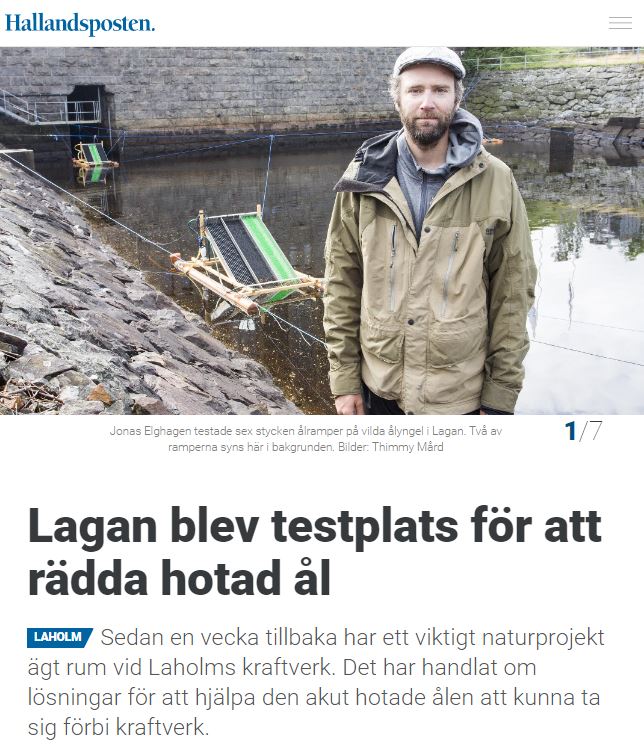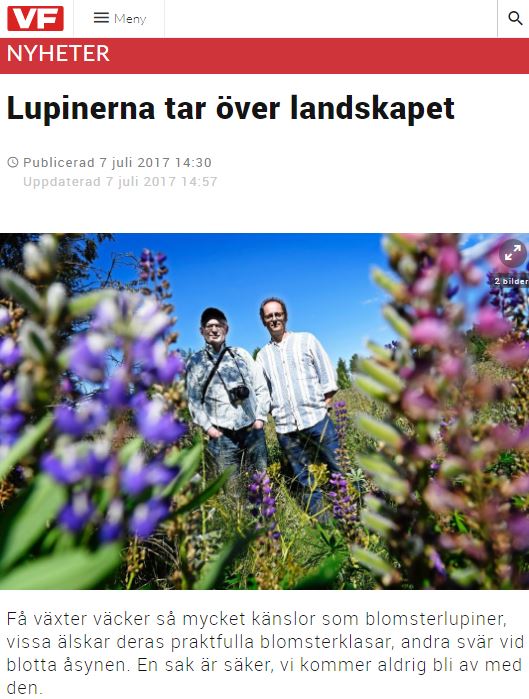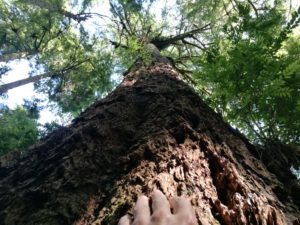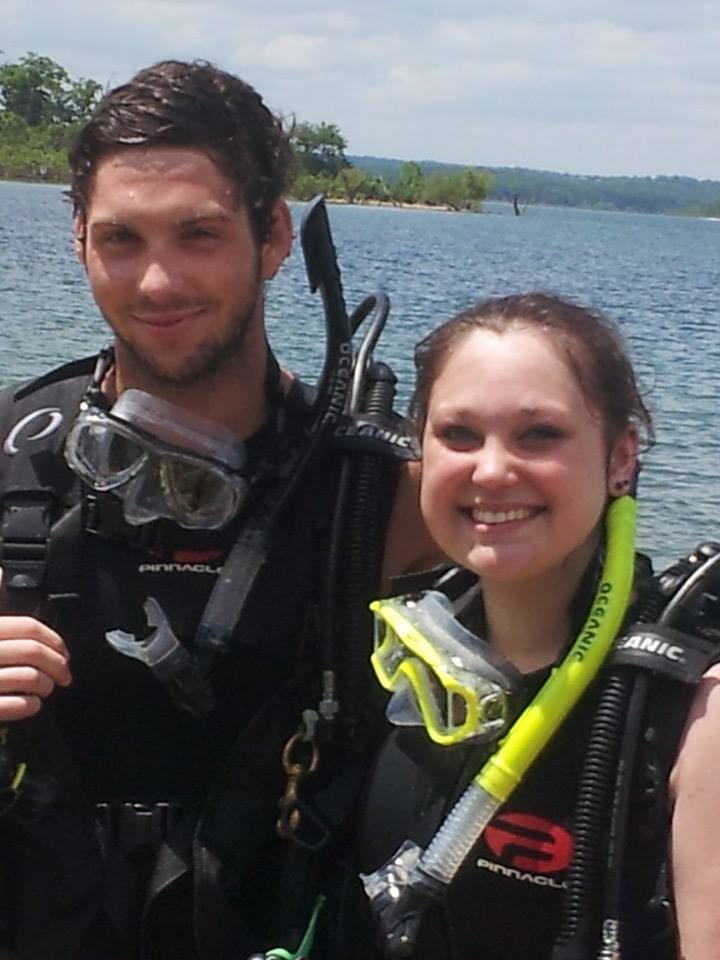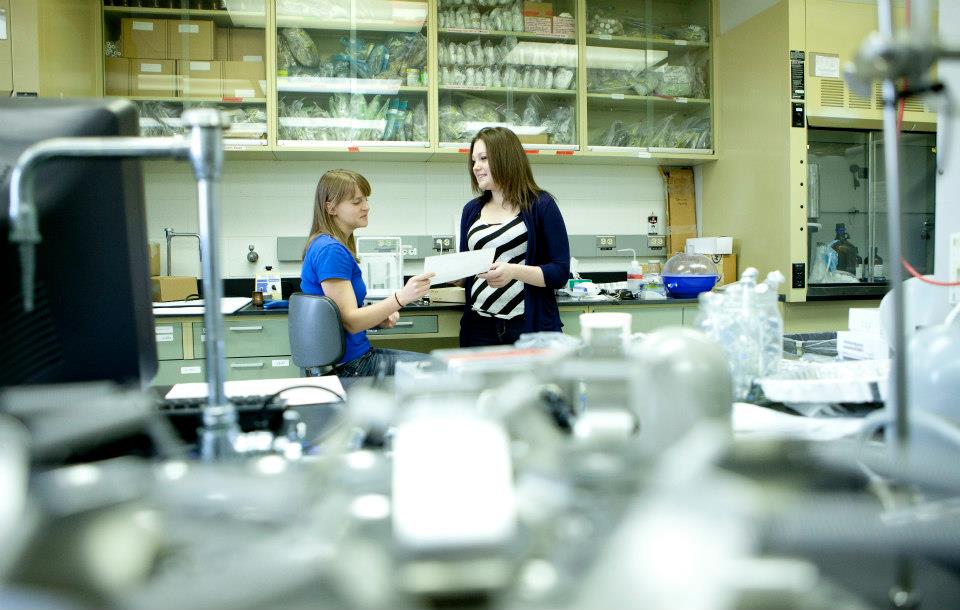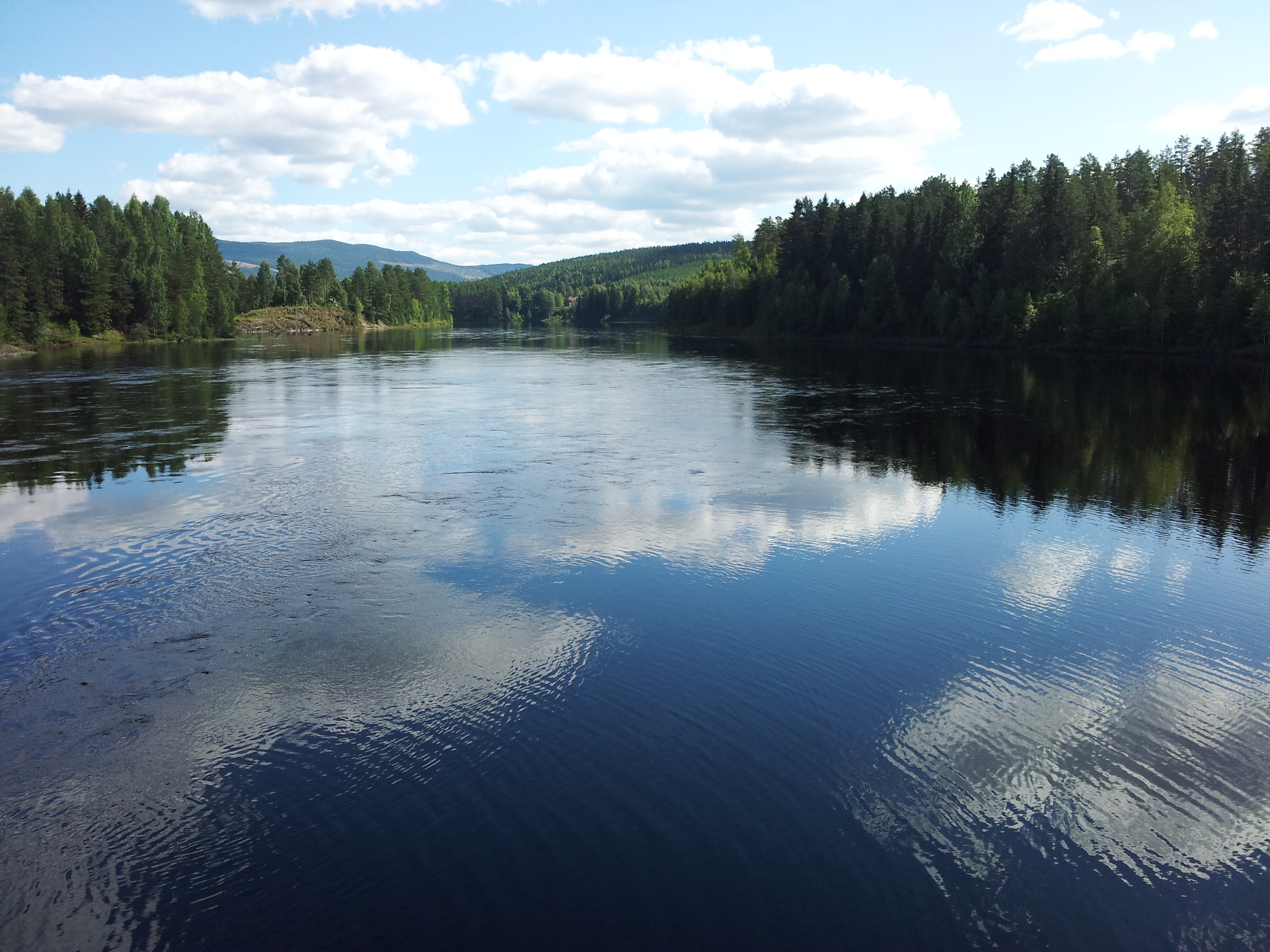Dammutrivning i Nianån
Posted by Daniel Nyqvist | Dam removalNRRV bedriver just nu flera studier av ekologiska effekter av dammutrivningar. I en studie undersöks ekologin i Gnarpån och Nianån (båda i Hälsingland) före och efter utrivningen av flera dammar. En mängd lokaler undersöks före och efter dammutrivningarna, både i de aktuella vattendragen och i opåverkade kontroller (Åtjärnsbäcken). Lokaler elfiskas för att studera förändringar i fisksamhället, bottenfauna provtas, vattenhastigheter, vattenkemi och bottensubstrat mäts in och landväxter inventeras. Dessutom har gruppen tagit vävnadsprover av fisk, flodpärlmussla, alger, terrestra växter, spindlar och akvatiska invertebrater för att undersöka förändringar i älvnärvaron av marina (eller bräkta) näringsämnen på olika platser i näringsväven.
Förra veckan revs dammen vid Sofieholms kraftverk i Nianån. Jessica Dolk är fältassistent i projektet och rapporterar om dammrivningen:
“Runt lunchtid torsdagen den 24/8 tog grävmaskinen sin första ansträngning för att avveckla Sofieholms kraftverk som utgjort ett vandringshinder i Nianån sedan 1909. Efter att smidigt tuggat sig igenom tuben var det dags att riva ut den gamla dammen. Många hade samlats för att följa händelseförloppet, både lokalbefolkning och sportfiskare, samt media.
Innan man rev dammen och släppte på vattnet elfiskades den gamla torrfåran (som nu blir huvudfåran) och fåran nedanför kraftverket för att sumpa fisken för att sedan släppa tillbaka den. SVTs Mitt i naturen fanns på plats, så också Sportfiskarna som följde utrivningen med kameror, både från land och från luften med en drönare. Detta för att göra en film om avvecklingen av det gamla kraftverket
Nianån hyser stora biologiska värden och genom utrivning och återställning gynnas b la havsöring, flodnejonöga, sik och andra vandrande arter, samt stationära organismer. Projektet med avvecklingen som nu alltså står klart ger havsöringen tillgång till tusentals kvadratmeter lekbottnar.
I och med avvecklingen kommer även ett tre hektar stort naturreservat att bildas.”
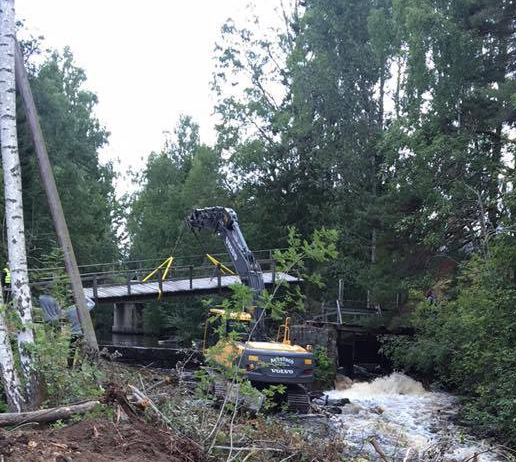
Dammen vid Sofieholms kraftverk i Nianån rivs.
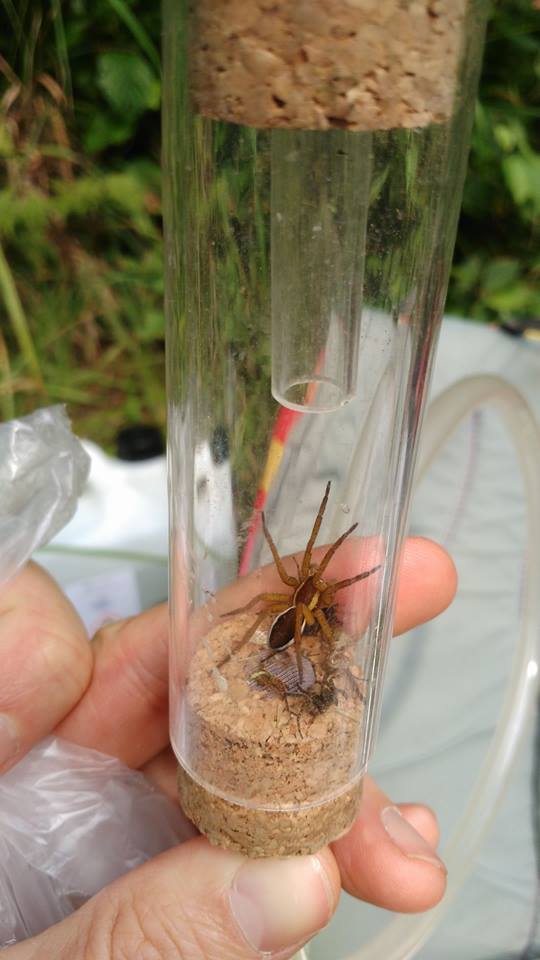
En spindel av släktet Dolmedes, funnen under provtagningarna.
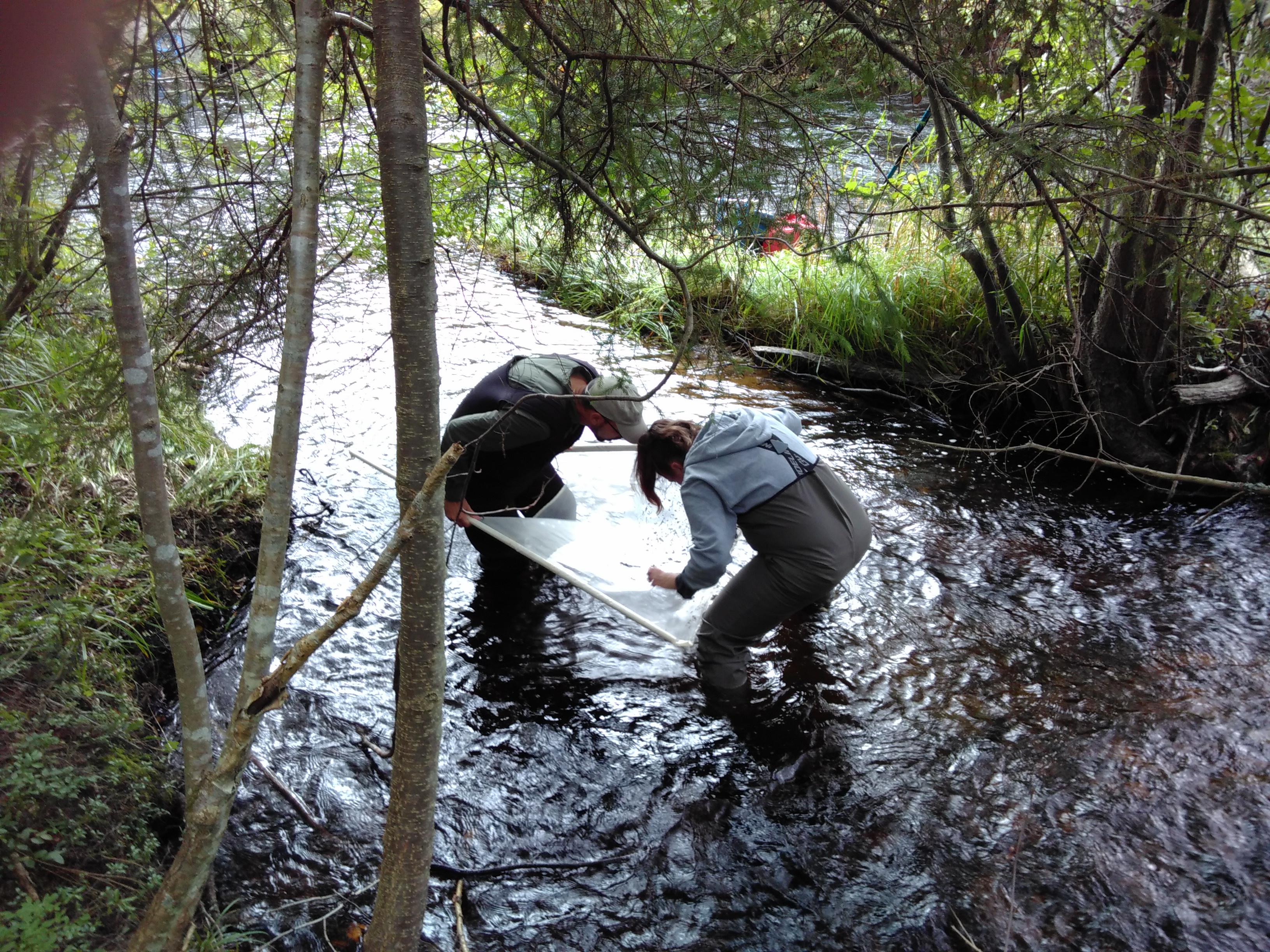
Denis Lefage och Rachel Bowes provtar evertebrater.



